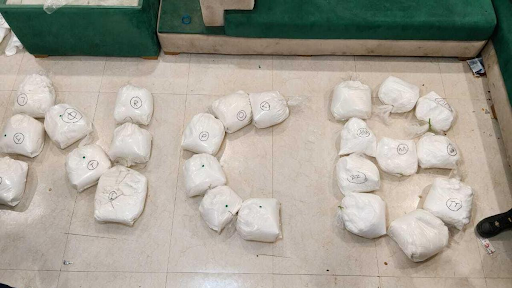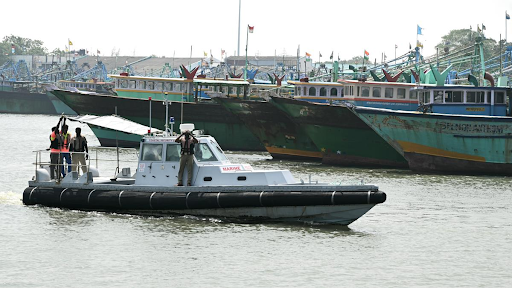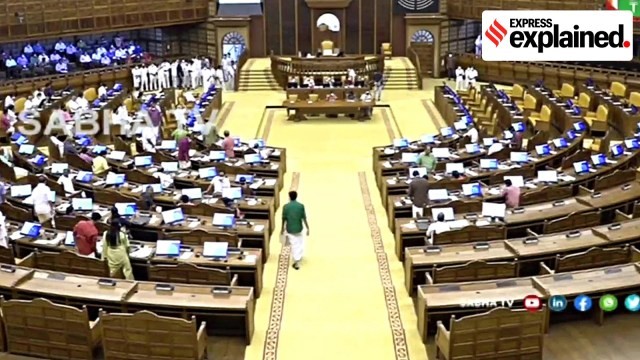





Source: IndianExpress
Disclaimer: Copyright infringement not intended.
The Indian government has strengthened the security cover for Mohan Bhagwat, the chief of the Rashtriya Swayamsevak Sangh (RSS), by adding an "Advance Security Liaison" (ASL) layer to his existing Z+ security cover.
Sources:
|
PRACTICE QUESTION Q: Which of the following statements is NOT true about the Special Protection Group? a)SPG was formed after the assassination of Indira Gandhi in 1984. b)The SPG Act of 1988 had originally provided security only to the then-serving Prime Minister of India. c)SPG presently provides protection to the Prime Minister, former Prime Ministers, and their immediate families. d)SPG staff can be deputed from all wings of the Indian Armed Forces including Navy.
Answer: c) Explanation: b is correct. SPG protection under the 1988 SPG Act accorded initially, was provided only to the sitting Prime Minister. This was in direct response to the assassination of Indira Gandhi, with the sole purpose of protecting the current head of the nation. c is incorrect. In 2019, the government amended the SPG Act to limit SPG protection only to the serving Prime Minister and his/her immediate family staying with them at the official residence. d is correct. SPG personnel are seconded from various branches of the Indian Armed Forces and other paramilitary forces. They are carefully selected for their expertise and undergo rigorous training in unarmed combat, marksmanship, and counter-terrorism strategies. |





© 2025 iasgyan. All right reserved